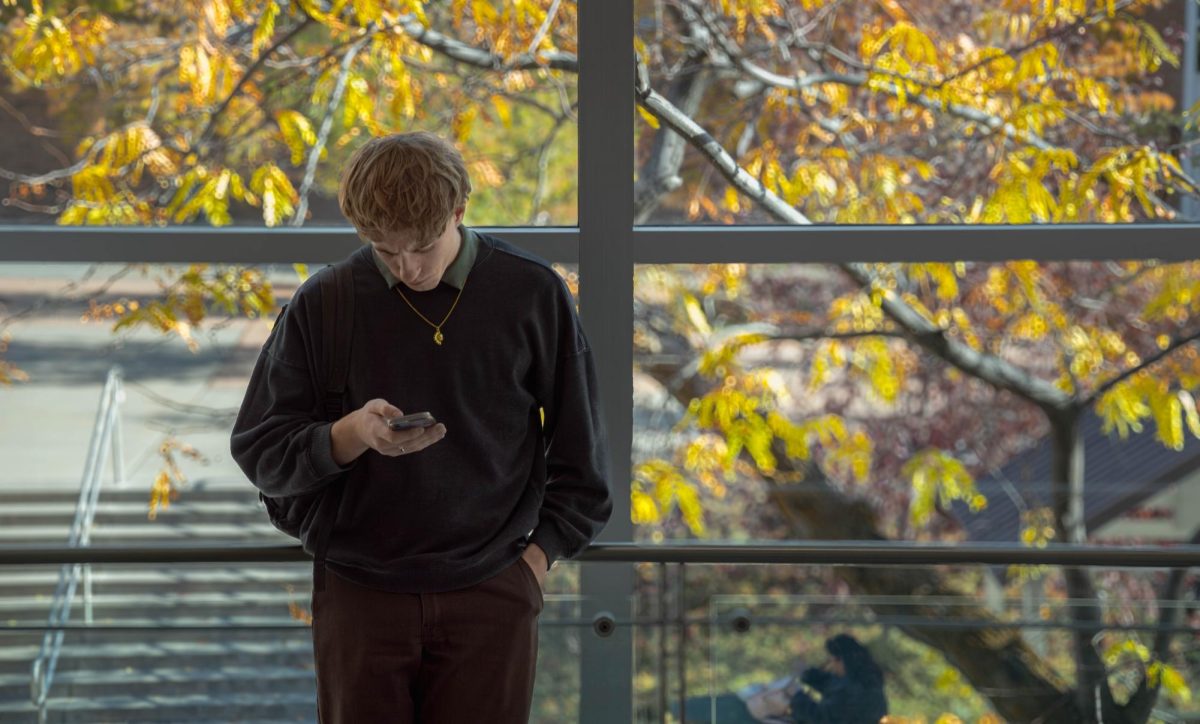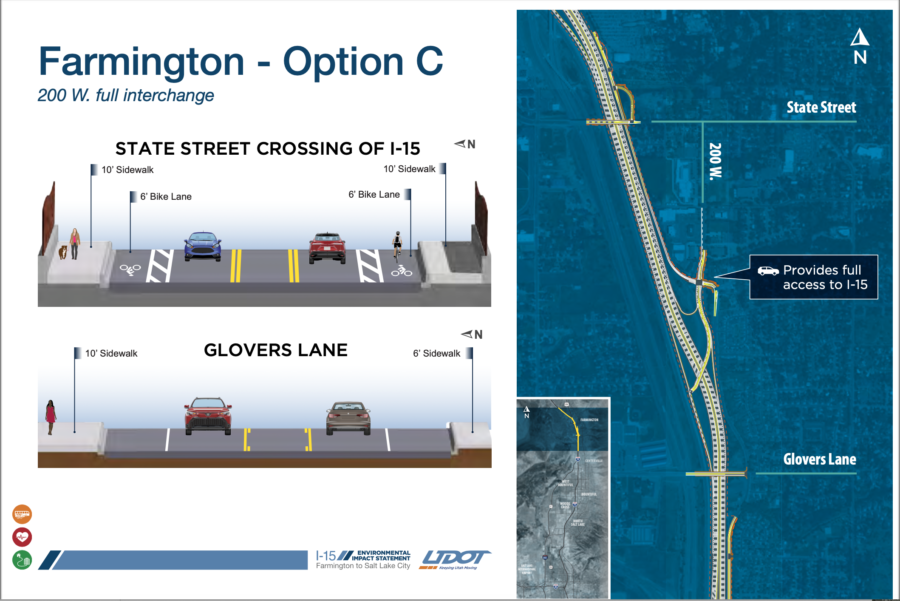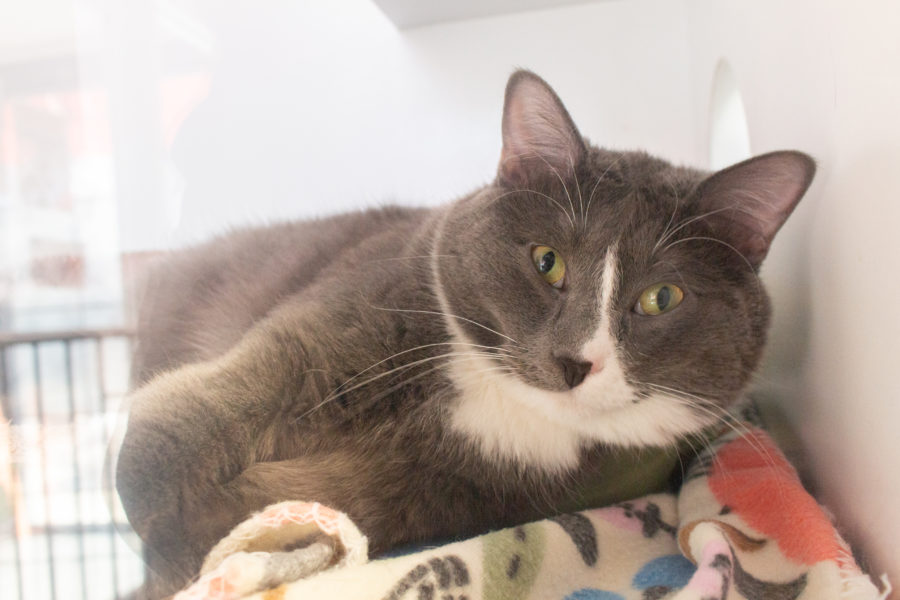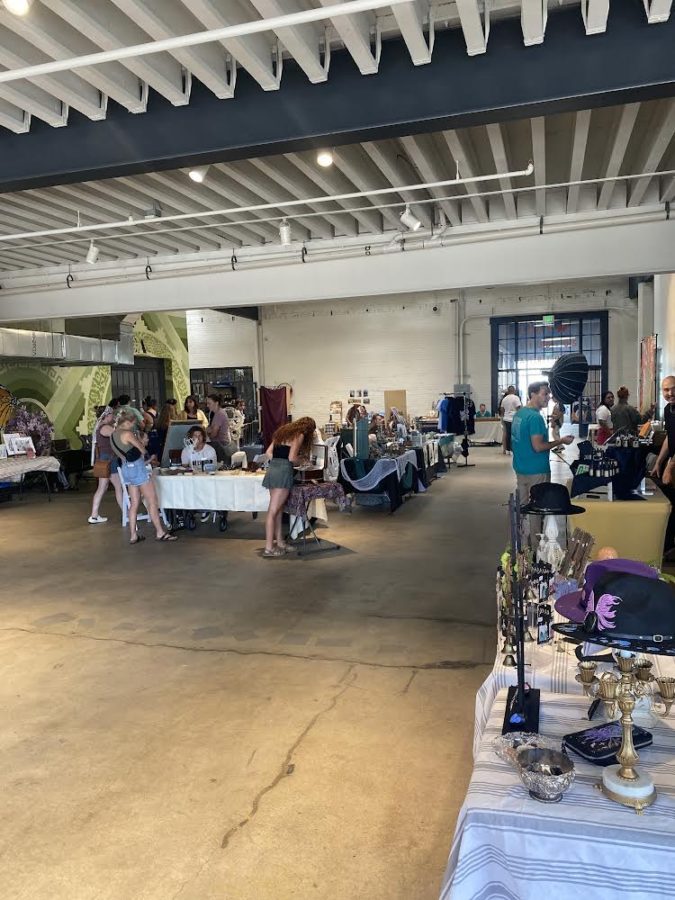Thirteen percent. Students who live in Weber State University housing for four years graduate at a 13 percent higher rate than their counterparts who don’t.

While Weber has long been known as a commuter school, dorms remain a popular option for young students because it helps them transition into living on their own.
According to Morgan Kerr, the marketing coordinator for WSU housing, the existence of the dorms helps students stick with the university. She has been with housing since 2012, when Kerr started as a
resident adviser.
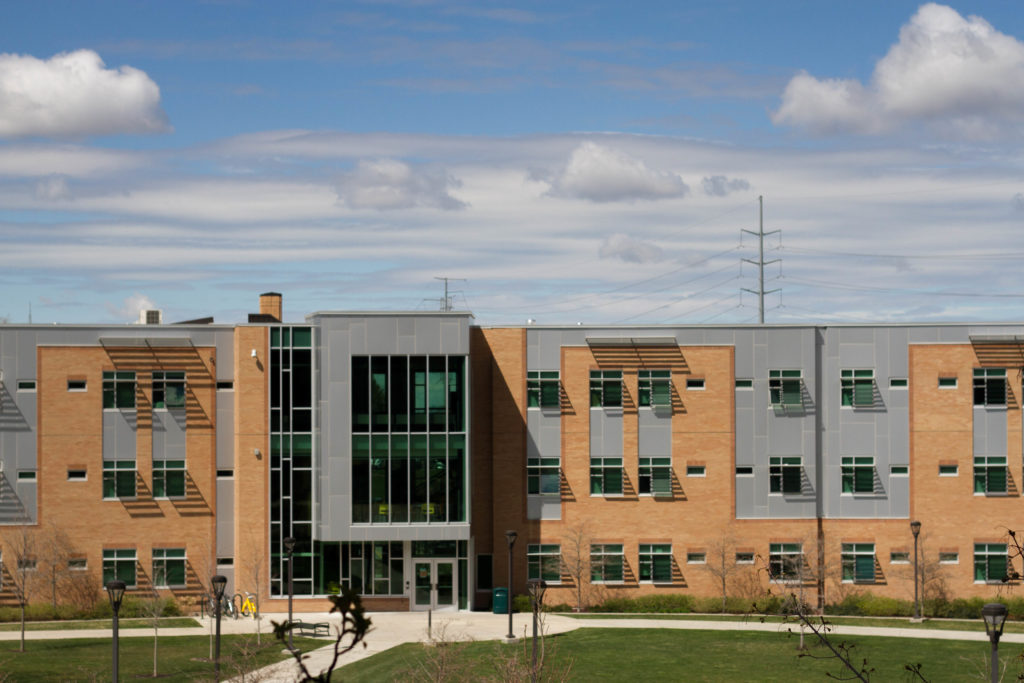
“Students, freshman and sophomore students who live on campus are retained on a seven percent higher rate than their peers,” Kerr said.
Since October 2000, Weber State has had a management contract with Century Campus Housing Management, a third-party company in charge of the day-to-day
operations.
On May 1, the university is bringing the management of the dorms in-house. While this represents a massive logistical overhaul for Weber State, according to Executive Director of Auxiliary Affairs Daniel Kilcrease there will be no change in how the buildings are managed.
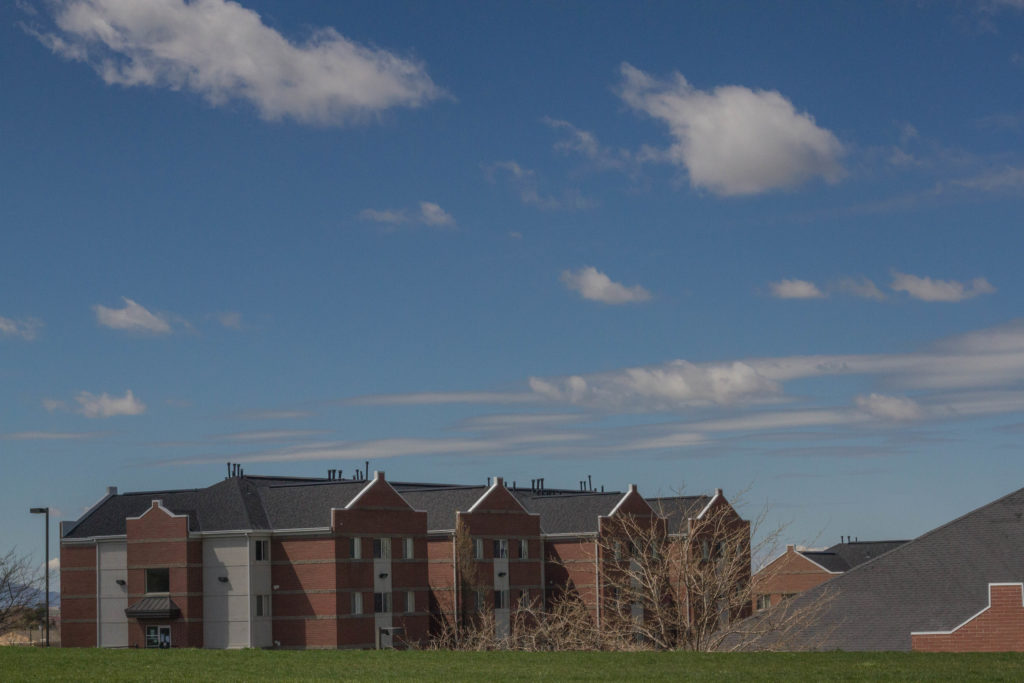
Before becoming the executive director of Student Affairs Auxiliaries in the fall of 2018, Kilcrease served as the director of housing at Weber State since 2002, before the opening of University Village.
When the contract was originally signed back in 2000, it was done so by Vice President of Student Affairs Anand Dyal-Chand and was designated management over, “Promontory Tower, Wasatch Hall, Stansbury Hall and LaSal Hall.”
The contract was amended in May 2002 to include University Village, just off Harrison Boulevard. On the ground that once held Promontory, Wasatch, Stansbury and LaSal are now the three buildings of Wildcat Village. While the minutiae of housing are well-known among residents, a majority of the student body lives off campus.
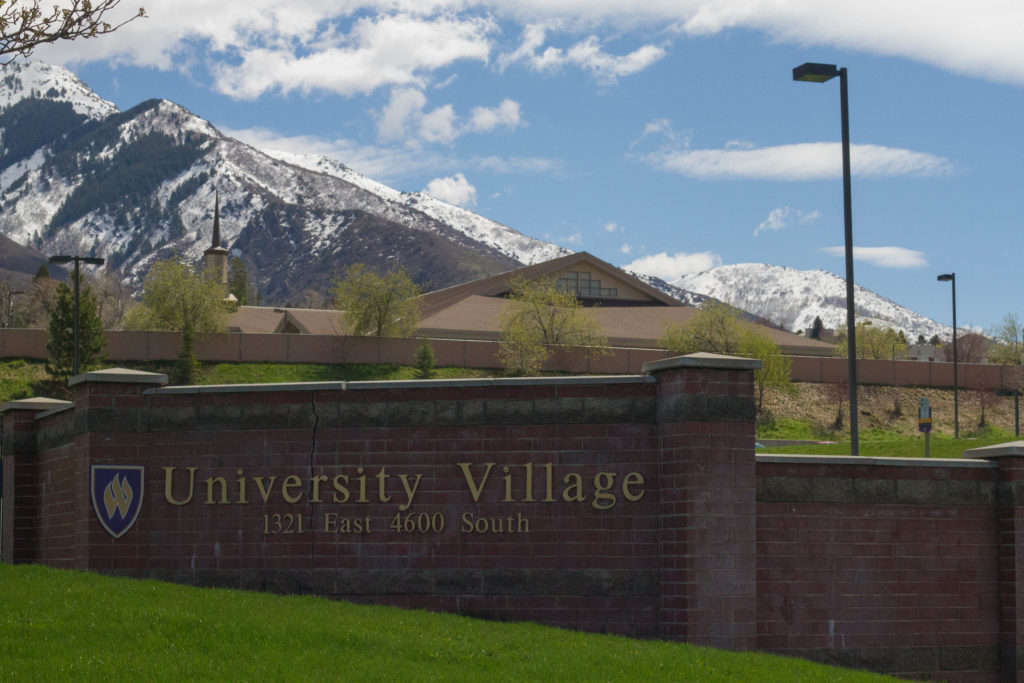
One student who did make a home of Weber State housing was Hunter Olsen. Olsen is finishing his senior year but plans on coming back for his self-described time as a “super senior.” A native of Taylorsville, Olsen made the choice to live in housing instead of commuting and has lived in both villages with an assortment of roommates.
However, according to WSU, there are 26,000 students in the 2018-19 academic year while there are only enough rooms for a maximum occupancy of 1001 students — approximately 3.85 percent of the total student body, which means that at any given time, a narrow portion of the student population is living on campus.
The dorms are available for any students, as long as they are registered in classes, regardless of whether or not they are traditional students. The only time a non-registered student can live in housing is during the summer, so long as the student is registered for either the spring semester before or fall semester after the summer.
Despite allowing any student to stay, the dorms are tailored more for the traditional students of WSU.
“Weber State is such a nontraditional school, and that’s a great mission that they have for our nontraditional students,” Kerr said. “But, it’s a great place for our traditional students to stay engaged on campus and have what they want out of college that they’ve dreamed of since they were little.”
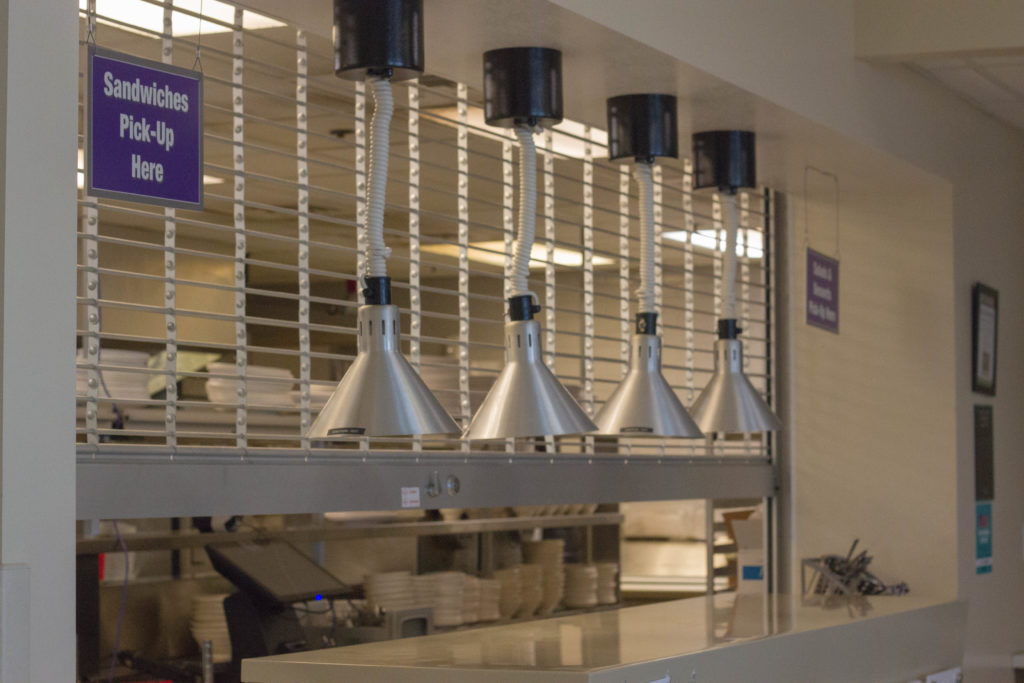
For Olsen, one prominent aspect of living on-campus was meeting people in a similar situation as him.
“I was involved with people who are around my own age, I mean some people — I had a 40-year-old roommate — so that’s kind of out of the way,” Olsen said, “but essentially, it put me in an environment where it was a bunch of people like me, going through the same situation as me.”
With the management changing, Kilcrease said the goal is to ensure students do not feel the transition in terms of the housing accommodations — just as it was not a requirement for residents to know about the differing interactions between their university and the administrators running their dorms.
“The integration is as seamless as seamless goes,” Kilcrease said. “There’s not an, ‘Oh, and they collect rent at $600 a month and then decide how much to give the University.’ No.”
While Weber State did not run the management of the buildings, they still employed the maintenance staff and, primarily, owned the land.
“The university said, ‘Here’s land. You build the building. You fill the beds.’ We decide together on rates, and terms, and policies,” Kilcrease said. “Then, when we make money, we all make money.”
Both sides profit when students enter the equation. Students rent each of the 1001 available beds, which are split between 476 beds at University Village and 525 at Wildcat Village.
As of the 2018–19 academic year, there are 380 standard rooms and 96 luxury rooms within the five buildings of University Village. A standard room for the full academic year will cost $4,796 per student while the luxury room is $5,280.
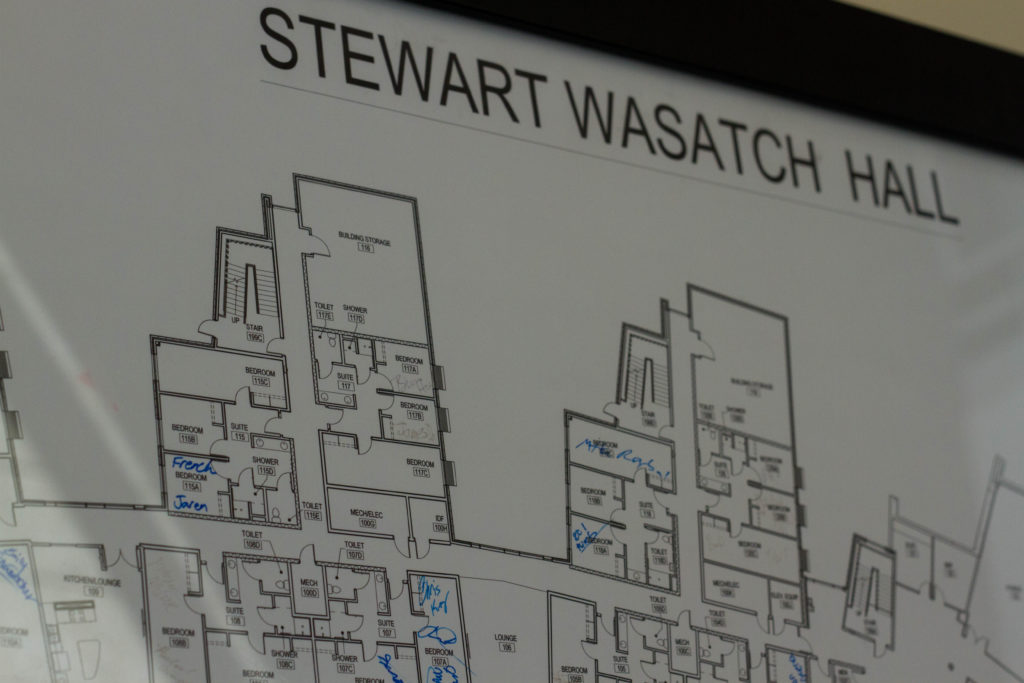
According to Kerr, University Village is designed more with upperclassmen in mind — students who are less interested in finding new friends and have more established social groups, adding that it was built more for students who want to focus on their studies.
Things began to change for the residence hall landscape, literally, in 2011, with the beginning of what is now Wildcat Village. Before construction began on the new dorms, the university demolished all of the original buildings except for Promontory, which stood until 2012. In successive years beginning in 2011, WSU unveiled Residence Hall 1, Stewart-Wasatch Hall and Residence Hall 3.
Costs are different for rooms in different buildings with varying prices that are adjusted even more with the addition of meal plans. The cheapest meal plan costs $2,500 annually, and plans are required for students who live at Wildcat Village. This village is designed to be more helpful for freshman and sophomore students and built to help them increase their
social circles.
“They have to go to the dining hall, and while there, they have interactions with other students,” Kerr said. “In Residence Hall 3, for example, there’s community living rooms, community kitchens and community bathrooms, so they are forced to go out and meet people, and it’s a really good environment to do that.”
Room prices range from $3,345 per year in an RH3 double room to $5,438 per year in an RH1 super single, which includes a free Powder Mountain ski season pass.
“It’s not the best price to live someplace, especially if you live in [Wildcat Village] because they make you pay like, $1000 for food that is subpar, but besides that it’s all right,” said Olsen.
Living in housing offers a significant number of advantages for the average student over an off-campus apartment, a big one being a single bill. Students who live in housing have access to Weber State’s secure Wi-fi network, don’t pay individual bills and have access to the maintenance staff free of cost.
Kerr believes one of the main obstacles for getting students to move into housing is the upfront price tag, but she sees it as a perk of housing that all of the costs are lumped together instead of listing rent and then applying individual bills.
“I think that’s a barrier that students find, but if they look a little bit more in-depth it’s really not different than what they would be doing off campus,” Kerr said.
For students, issues with the amenities can cause headaches, though.
“For some reason a lot of the amenities break,” Olsen said. “I’ve had doorknobs break, I’ve had lights, fans and even shower heads break. And I know that comes from use, but it also comes from the amount of money put into those things.”
According to both contracts signed by the university, there are rooms set aside for each member of the professional staff as well.
Kilcrease and his family live in Wildcat Village, along with Unique Harston. Harston is the area coordinator for Wildcat Village. Kerr lives in University Village with her family, as does Shane Rivera, the area coordinator for Wildcat Village.
While the Wildcat Village trio is the most recent construction for housing, it does not represent the end of the property that WSU owns. There are also two houses on Birch Avenue, as well as five other houses in the areas surrounding the main campus.
Two houses are used by faculty and five by students. There’s currently one empty house and one rented by a Weber State staff member. These properties are not listed as ones available to rent by Weber State because there are so few that can be used, and some of the properties were already lived in when WSU purchased the buildings.
“We haven’t listed it on our website and marketed it because you put it out there and you’re getting 1,000 phone calls for something that has vacancy, like, once every three years,” Kilcrease said.
However, there is no plan for housing to expand by individual houses in any specific way. Weber State simply feels it is in their best interest to purchase property near campus when the opportunities arise, rather than leave the houses vacant.
One of the few possible long-term plans for the houses focuses on the few between RH1 and the Dee Events Center. If the proposed Bus Rapid Transit line is built on campus, the pathway would plow through, or near, those homes.
Ahead of the switch, the housing professional staff made another change — this time back to a process they thought worked better. Since about 2012, students who wanted to check out of their rooms could come by the housing offices whenever they pleased to fill out the exit forms and drop off their keys.
Now, students must schedule a checkout time in advance with housing to have a 20-minute meeting with the student and walk their rooms.
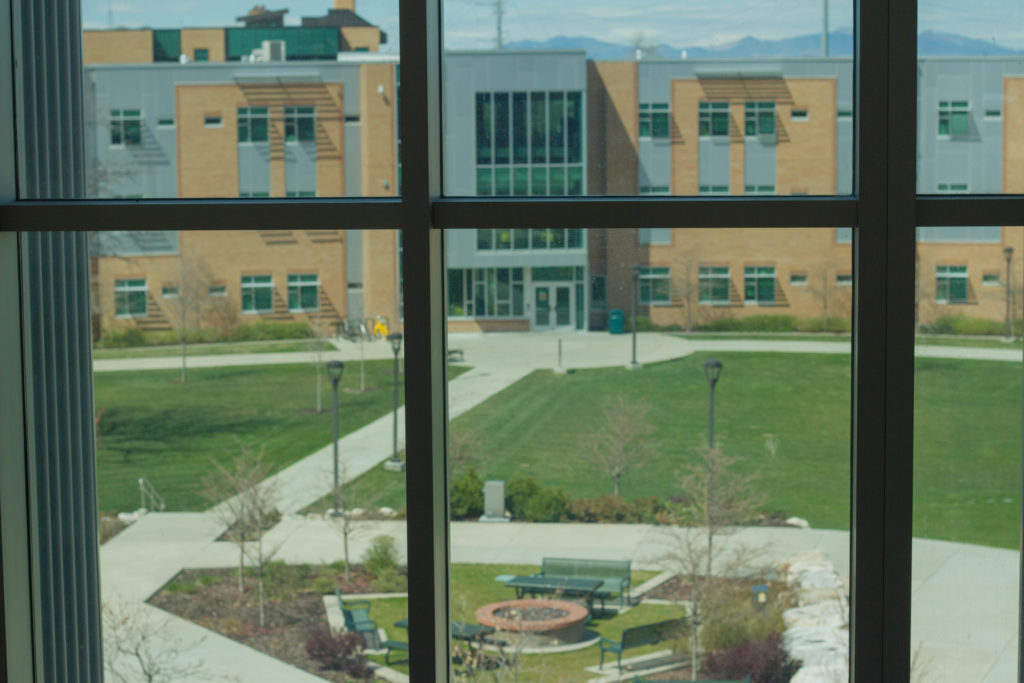
There will be almost 40 employees to assist the students over the week in rotating groups, beginning on April 22. This is done because, while most universities give 24 hours after the student completes their last final to move out, Weber State faculty mostly uses the testing centers to administer their finals. Students have until April 19 to select their checkout time and must be moved out by April 27 at noon.
While the change in checkout procedures can come as a shock to students who were used to the old system, it’s another step in the employees believing they can determine what works best for the students and for themselves — and it has nothing to do with who signs their paychecks.
Kilcrease maintained that housing has worked hard for nearly two decades to ensure the operation worked as seamlessly as possible, and he doesn’t believe future residents should notice any changes.
“We know that most students don’t know that there’s any difference between Campus Living Villages and Weber State University,” Kilcrease said. “They just believe they’re at Weber State and they’re a student and that it’s all seamless, and so I really don’t think that the average resident is going to notice any difference.”
Ultimately, the next batch of residents will decide if the change in management equates to a difference in campus life, or if it will be more of the same. They could also be like Olsen, who was left with one feeling.
“I wish it was a little bit better,” Olsen said.



